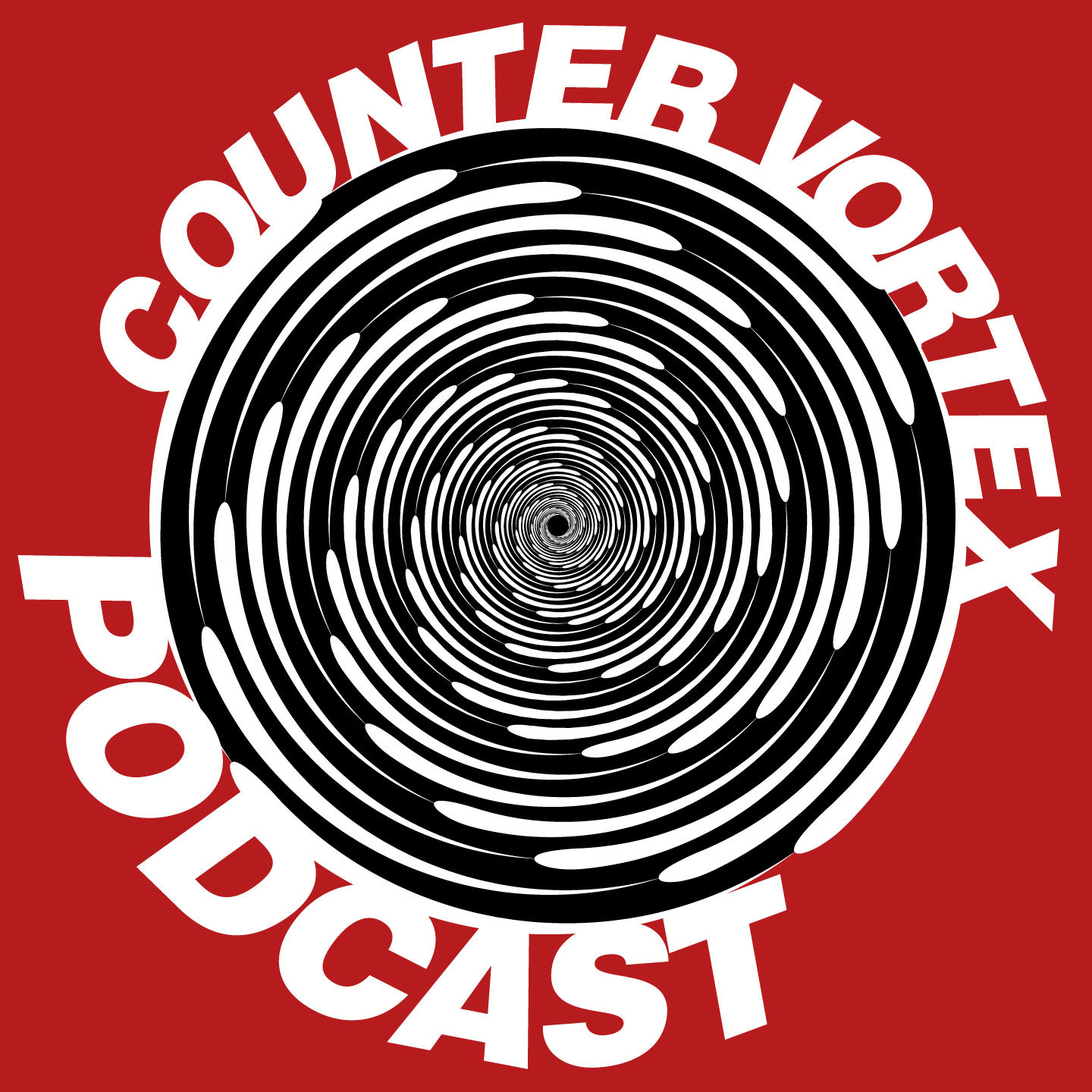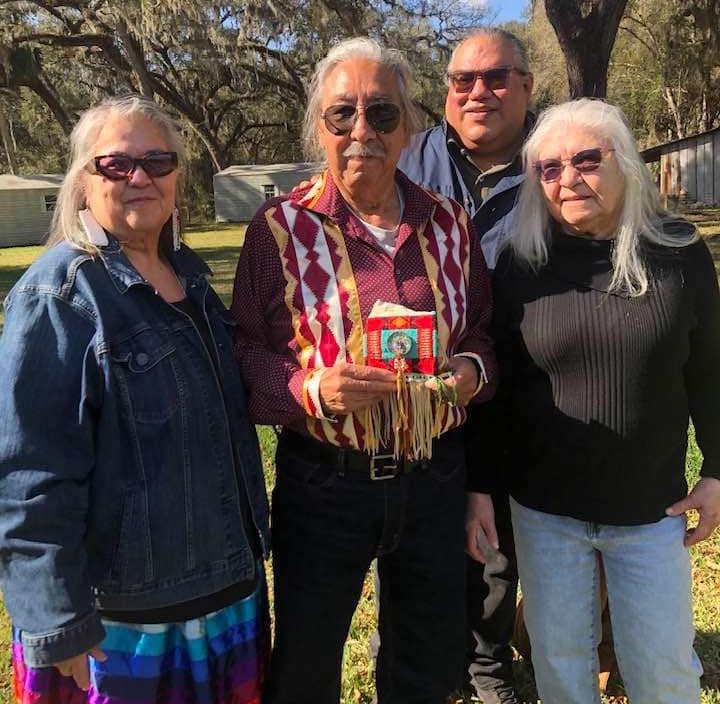LEONARD PELTIER HEADS HOME —AT LAST
by Ingrid Burke Friedman, JURIST
Today I am finally free.
They may have imprisoned me,
but they never took my spirit.
–Leonard Peltier, Feb. 18, 2025
Native American activist Leonard Peltier, one of the longest-serving federal prisoners in US history, was released to home confinement on Tuesday after spending nearly five decades behind bars. His imprisonment stems from a controversial 1977 conviction in the shooting deaths of two FBI agents on South Dakota’s Pine Ridge Indian Reservation, a case that has been harshly contested between activists and law enforcement for generations.
The release of Peltier, now 80 and in failing health, follows an eleventh-hour commutation by outgoing President Joe Biden last month, marking a final culmination in a case that has drawn sustained advocacy from tribal nations, human rights organizations, and even some former law enforcement officials involved in his prosecution. Peltier’s supporters have long maintained he was wrongfully targeted amid the era’s social upheavals, and documented FBI disruption of Native American and other civil rights movements. His detractors, including Biden’s FBI director Christopher Wray, cast Peltier as a “remorseless killer who brutally murdered two of our own before embarking on a violent flight from justice.”
In this explainer, we will explore who Peltier was and why his case has proven so divisive.
Who is Leonard Peltier?
Peltier was born on September 12, 1944 on the Turtle Mountain Indian Reservation in North Dakota. His early life reflected the stark realities facing Native Americans in the post-war era: his father was among many other Native men had served in World War II, but their service did little to improve conditions for indigenous communities in the United States. The Turtle Mountain Reservation where Peltier grew up had been reduced to just a tiny fraction of its original size through government actions, leaving its residents with limited resources and opportunities.
At age nine, Peltier became one of thousands of Native children forcibly removed from their families under federal assimilation policies. He was sent to the Wahpeton Indian School, part of a system designed to erase indigenous culture and identity. This traumatic separation occurred just as the 1956 Indian Relocation Act (also known as Public Law 959) was taking effect — a law that further weakened reservation communities by cutting federal funding for basic services and pressuring residents to move to urban areas.
As an adult in the early 1970s, Peltier became a prominent figure in the American Indian Movement (AIM) during a period of unprecedented indigenous activism. AIM emerged as Native Americans faced staggering poverty rates, discrimination in urban areas where many had been pressured to relocate, and continued threats to tribal sovereignty. The movement’s activities included the 1972 Trail of Broken Treaties march on Washington and the 1973 occupation of Wounded Knee on the Pine Ridge Indian Reservation in South Dakota — protests that highlighted both historical injustices and the ongoing crisis of violence against Native Americans, who faced (and continue to face) murder rates many times the national average on some reservations.
What happened at Pine Ridge?
The events that led to Peltier’s imprisonment unfolded on June 26, 1975, during a period of significant tension on the Pine Ridge Reservation. The reservation had been the site of numerous conflicts between “traditional” tribal members, supported by AIM, and supporters of tribal chairman Dick Wilson, who was accused of corruption and using intimidation tactics against political opponents. On that fateful day, two FBI agents – Jack Coler and Ronald Williams – entered the reservation in pursuit of a robbery suspect. What began as a routine investigation escalated into a shootout that left both agents dead at close range. AIM member Joseph Stuntz was also killed in the incident.
Why was his trial controversial?
Peltier, along with other AIM members, was charged with the agents’ murders. While two other defendants, Dino Butler and Bob Robideau, were acquitted in a separate trial on grounds of self-defense, Peltier was tried separately in 1977 in Fargo, North Dakota. He was convicted had sentenced to two life terms. His trial and conviction have been the subject of intense scrutiny and criticism over the decades.
Critics of the prosecution pointed to several controversial elements, including the FBI’s handling of ballistics evidence, allegedly forced witness testimonies that were later recanted, and the exclusion of evidence that might have supported Peltier’s defense. One of the most significant developments came when documents released through the Freedom of Information Act revealed that the FBI had withheld evidence that might have aided in Peltier’s defense.
What have law enforcement officials said about the trial and conviction?
Meanwhile, the FBI and federal prosecutors have strongly maintained the legitimacy of Peltier’s conviction over the decades. They point to several key pieces of evidence, including a .223 shell casing found in the trunk of Agent Coler’s car that was matched to a rifle associated with Peltier, and testimony asserting that Peltier was the only person carrying an AR-15 rifle capable of firing .223 rounds at the scene.
In a 2024 letter opposing Peltier’s parole, FBI Director Christopher Wray emphasized that 22 federal judges had evaluated the evidence and upheld the conviction. Wray argued that while Peltier’s supporters have claimed prosecutorial misconduct, courts had repeatedly examined and rejected these arguments. The FBI maintains that claims about problematic ballistics evidence and an alleged government admission of being unable to prove who shot the agents had failed to stand through multiple appeals.
Law enforcement officials have also responded to criticisms of the trial process. They argue that Peltier received extraordinary legal resources for the time, including five government-paid attorneys of his choosing rather than the more usual single court-appointed lawyer. The FBI notes that beyond the original conviction, Peltier was later convicted of an armed prison escape in 1979, during which shots were fired at prison employees, adding a seven-year sentence to his term.
The has FBI stressed that for the victims’ families, the case remains deeply personal. As Director Wray wrote in 2024, each time Peltier seeks release, it forces the agents’ loved ones to “experience their pain anew.”
What compelled Biden to act?
Over the years, support for Peltier’s release has spread far beyond dedicated advocacy groups. Tribal nations have consistently called for his freedom, viewing his case as emblematic of the broader struggles faced by indigenous peoples in the US justice system. His cause has been championed by Nobel Peace laureates, dozens of lawmakers, and human rights organizations worldwide. Perhaps most notably, former law enforcement officials, including the former US attorney whose office handled Peltier’s prosecution and appeal, have joined the calls for clemency.
The push for Peltier’s release gained additional urgency as his health declined in recent years. At 80 years old, he suffers from multiple severe health conditions, having spent nearly half a century behind bars. His supporters long argued that his continued imprisonment served no practical purpose, particularly given his age and infirmity.
Biden’s decision to commute Peltier’s sentence to home confinement appears to represent a carefully calibrated response to these calls for mercy. While stopping short of a full pardon — the presidential statement explicitly notes that the commutation “will not pardon him for his underlying crimes” — the decision acknowledges both the humanitarian aspects of the case and the substantial support for his release from across the political and social spectrum.
As Peltier returns home to Turtle Mountain, his case continues to raise questions about justice, reconciliation, and the relationship between the federal government and Native American communities. While his release may close one chapter in this long-running saga, the broader discussions his case has sparked about criminal justice reform and indigenous rights remain very much alive.
———
This story first appeared Feb. 18 on JURIST, under the title "Native American Activist Leonard Peltier Released to Home Confinement After Decades Behind Bars."
Photo: Peltier and family upon his release from USP Coleman, Florida.
Credit: AIM via Facebook
From our Daily Report:
Leonard Peltier statement on Idle No More
CounterVortex, Jan. 13, 2013
American Indian Movement leader Vernon Bellecourt dead at 75
CounterVortex, Oct. 18, 2007
Mexico: Sonora hosts indigenous encuentro
CounterVortex, Oct. 16, 2007
See also:
FIRST NATIONS RESIST B.C. PIPELINE PLANS
by Nick Engelfried, Waging Nonviolence
CounterVortex, August 2016
SERVING THE 'NATIONAL INTEREST'?
Tribal Rights and Federal Obligations from Dakota Access to Keystone XL
by Monte Mills, Jurist
CounterVortex, April 2017
URANIUM MINING AND NATIVE RESISTANCE
For the Uranium Exploration and Mining Accountability Act
by Curtis Kline, Intercontinental Cry
CounterVortex, November 2013
COINTELPRO AND DIVISIVE HATE
by Bill Weinberg, CounterVortex
CounterVortex, February 2014
CUBA SURRENDERS 'GREEN SCARE' FUGITIVE
Is Assata Shakur Safe?
by Bill Weinberg, Fifth Estate
CounterVortex, December 2018
—————————-
Reprinted by CounterVortex, Feb. 18, 2025
Used with permission.


















Recent Updates
19 hours 14 min ago
1 day 17 hours ago
1 day 17 hours ago
3 days 18 hours ago
3 days 19 hours ago
3 days 19 hours ago
3 days 22 hours ago
5 days 1 hour ago
6 days 6 hours ago
6 days 19 hours ago